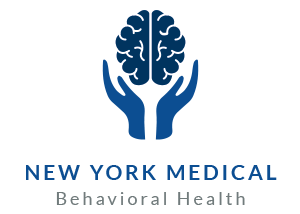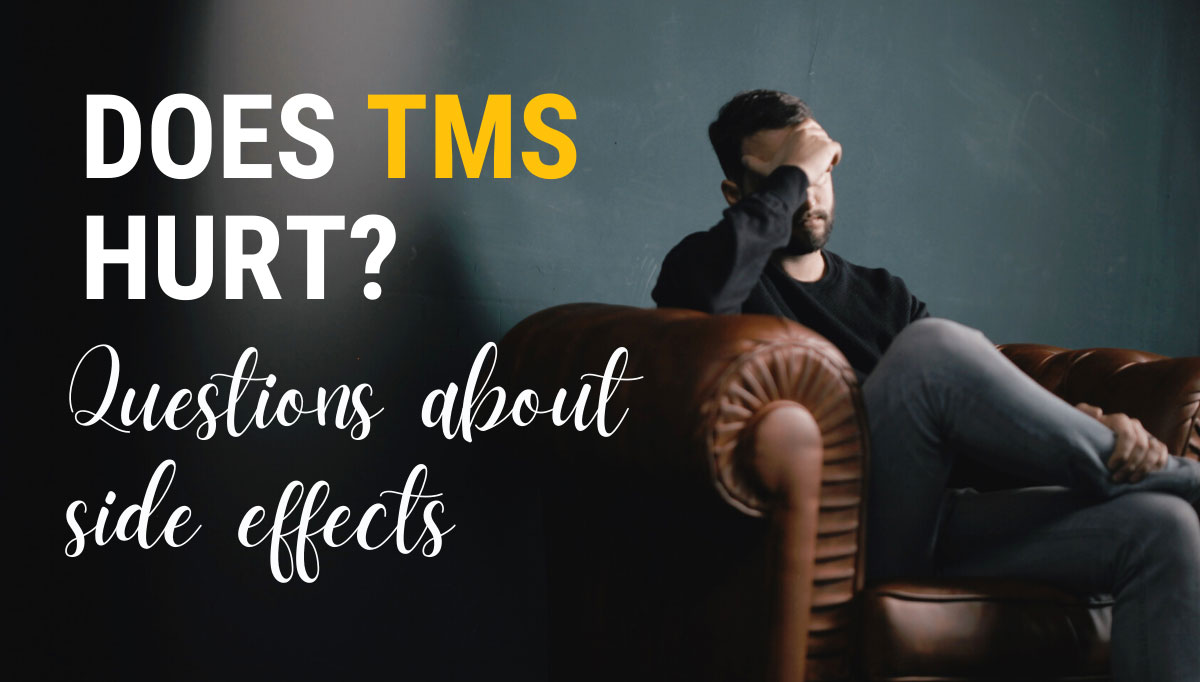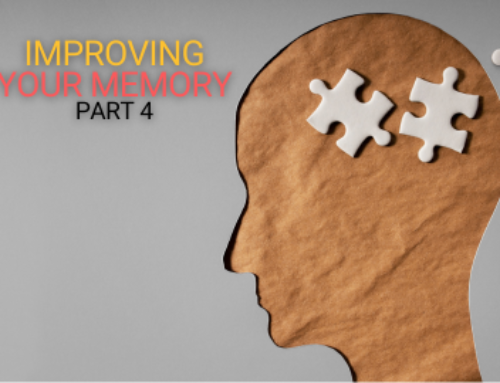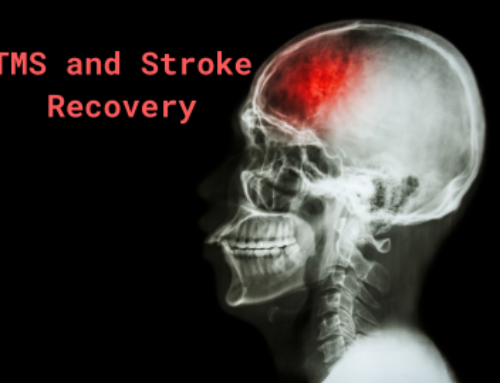Your Concerns, Addressed
We get a lot of questions about transcranial magnetic stimulation therapy (TMS) and what the procedure feels like. We get why—it can seem intimidating, even scary. We also get questions about the side effects of TMS. We’ve got answers, and we’d like to go over them today.
How TMS Is Done
The TMS treatment procedure is easy and simple. One session of rTMS, or repetitive TMS, is usually given 5 days out of each week for 4-6 weeks.
When receiving TMS, you’ll sit down in a chair. There is no sedation or anesthesia because none is needed. The machine makes a loud buzzing noise and you’ll be given earplugs or headphones to quiet it. The doctor will then run a magnetic coil over your scalp, concentrating on your forehead. The prefrontal cortex is located there, which we talk more about here and here.
The coil sends quick bursts of electromagnetic current through your skull and brain to stimulate areas of the brain that help govern mood. TMS is approved for treatment of major depressive disorder (MDD) only at this time, though study results are promising. As the coil passes over your head, you’ll hear a clicking noise as the current pulses. The ear protection will also prevent this from being uncomfortably loud. If at any point you feel unpleasant during the procedure, let your physician know.
Side Effects
Thankfully, most of the side effects of transcranial magnetic stimulation are consistent, mild, and not common.
- A scratchy or tingling sensation on the scalp that goes away within minutes.
- Muscle twitches. Sometimes small muscles in the scalp and face may jump a little during TMS, but they stop when treatment ends and are not severe or painful.
- People prone to headaches may experience discomfort from the vibrations or noise.
- Lightheadedness or dizziness. This is uncommon and usually linked to something else, like low blood sugar or anxiety. You can rest a while after the treatment if you want to. Again, tell your doctor if you’re not feeling well or need to stop.
- Hearing loss or buzzing in the ears. This is extremely uncommon unless the patient has existing hearing issues or in the chance that the ear protection fails or isn’t used properly.
No Worries
Some side effects that have been tested for with no cases are:
- Memory loss or any cognitive issues.
- Disorientation or feelings of intoxication, which can happen with methods of electrostimulation therapy that are done under sedation.
- Side effects associated with antidepressant medications, including mood instability, sleep issues, and changes in appetite.
The Short Answer
In essence, TMS does not hurt, and any discomfort goes away quickly. You shouldn’t experience any downtime. Serious negative side effects like seizures are extremely rare but must be mentioned if they have ever occurred or been deemed possible, according to due diligence.
TMS is approved for major depressive Disorder (MDD). Always see your physician for recommendations first. Consult your insurance company and call us for a consultation.





